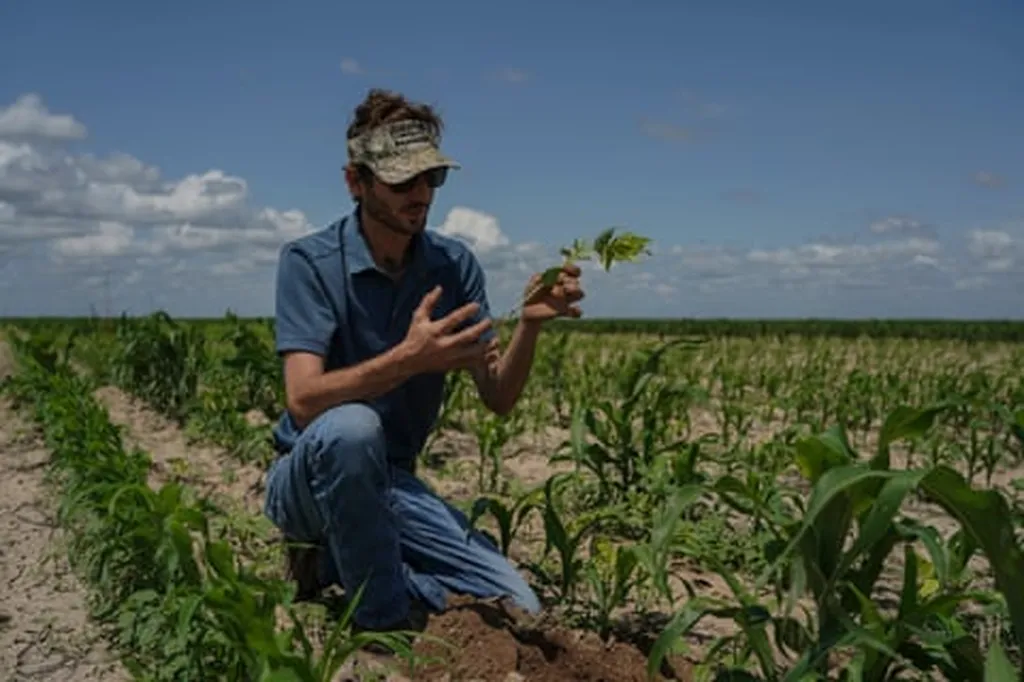In the face of climate change, farmers are seeking resilient crops and sustainable practices to secure food production. A recent review published in *Microbiome* sheds light on a promising synergy between emerging crops and plant growth-promoting bacteria (PGPB), offering a pathway to climate-resilient agriculture. Led by Francisco Pérez-Montaño of the Department of Microbiology at the Universidad de Sevilla, the research underscores the untapped potential of this partnership to transform marginal lands into productive farms.
Emerging crops like quinoa, amaranth, millet, lupins, hemp, and desert truffles are gaining attention for their ability to thrive in harsh environments. These crops exhibit unique physiological and ecological traits that make them well-suited to stress-prone regions. However, their full potential remains largely unexplored, particularly in combination with PGPB. These beneficial bacteria offer sustainable solutions to mitigate abiotic stress by improving nutrient availability, modulating phytohormone levels, enhancing root development, and inducing systemic resistance.
“PGPB offer a sustainable way to boost crop productivity while reducing the need for agrochemicals,” Pérez-Montaño explains. “By harnessing the synergistic effects of these microbes with emerging crops, we can create more resilient agricultural systems that are better equipped to handle the challenges posed by climate change.”
The review highlights specific examples where PGPB have improved plant performance, yield, and stress tolerance in emerging crops. For instance, certain strains of PGPB have been shown to enhance drought tolerance in quinoa and millet, while others have improved nutrient uptake in lupins and hemp. These findings suggest that microbial inoculants could play a crucial role in increasing food security and reducing the environmental impact of agriculture.
However, the application of PGPB in emerging crops is still in its infancy. The review emphasizes the need for tailored microbial formulations and effective field application strategies to bridge the gap between experimental research and real-world agricultural practices. Identifying key knowledge gaps, it calls for further research on strain specificity, crop-microbe interactions, and multi-strain consortia to develop scalable and climate-smart agricultural solutions.
The commercial implications of this research are significant. As the agriculture sector seeks to adopt more sustainable practices, the development of effective microbial inoculants could open up new markets and revenue streams for agribusinesses. Moreover, the ability to convert marginal lands into productive farms could expand the geographical reach of agriculture, creating new opportunities for farmers and investors alike.
Looking ahead, the synergy between emerging crops and PGPB holds immense promise for the future of agriculture. By leveraging the unique traits of these crops and the beneficial effects of PGPB, researchers and farmers can work together to create more resilient and sustainable agricultural systems. As Pérez-Montaño notes, “This is not just about improving crop yields; it’s about building a more sustainable and secure food system for the future.”
With further research and innovation, the partnership between emerging crops and PGPB could revolutionize the way we approach agriculture, offering a pathway to a more resilient and sustainable future.

